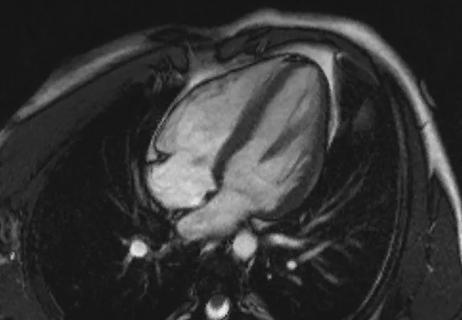Advertisement

Highlights and insights from recent Cleveland Clinic experience

Model shows promise in differentiating from hypertrophic cardiomyopathy and other conditions

Post hoc analysis of PROTECTED TAVR finds reduced stroke risk in the U.S. but not beyond

Transvalvular LVAD support transforms emergency surgery into urgent procedure
Advertisement
Cleveland Clinic is a non-profit academic medical center. Advertising on our site helps support our mission. We do not endorse non-Cleveland Clinic products or services. Policy

How Cleveland Clinic supported an alliance hospital to improve early extubation practices

SCAI document focuses on technical aspects of care where clear guidance had been lacking

High composite score in myectomy specimens signals worse prognosis

Few patients report left ventricular dysfunction or heart failure after one year

Avoidance of septal reduction therapy continues while LVEF dysfunction remains infrequent

Phase 2 trial of zerlasiran yields first demonstration of longer effect with each dose of an siRNA
Advertisement
Advertisement